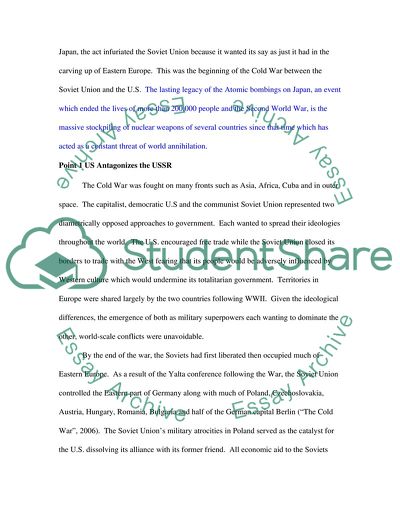Cite this document
(“The Cold War: Rivalry Between the U.S. and the U.S.S.R Essay”, n.d.)
Retrieved from https://studentshare.org/miscellaneous/1546589-the-cold-war-rivalry-between-the-us-and-the-ussr
Retrieved from https://studentshare.org/miscellaneous/1546589-the-cold-war-rivalry-between-the-us-and-the-ussr
(The Cold War: Rivalry Between the U.S. And the U.S.S.R Essay)
https://studentshare.org/miscellaneous/1546589-the-cold-war-rivalry-between-the-us-and-the-ussr.
https://studentshare.org/miscellaneous/1546589-the-cold-war-rivalry-between-the-us-and-the-ussr.
“The Cold War: Rivalry Between the U.S. And the U.S.S.R Essay”, n.d. https://studentshare.org/miscellaneous/1546589-the-cold-war-rivalry-between-the-us-and-the-ussr.


